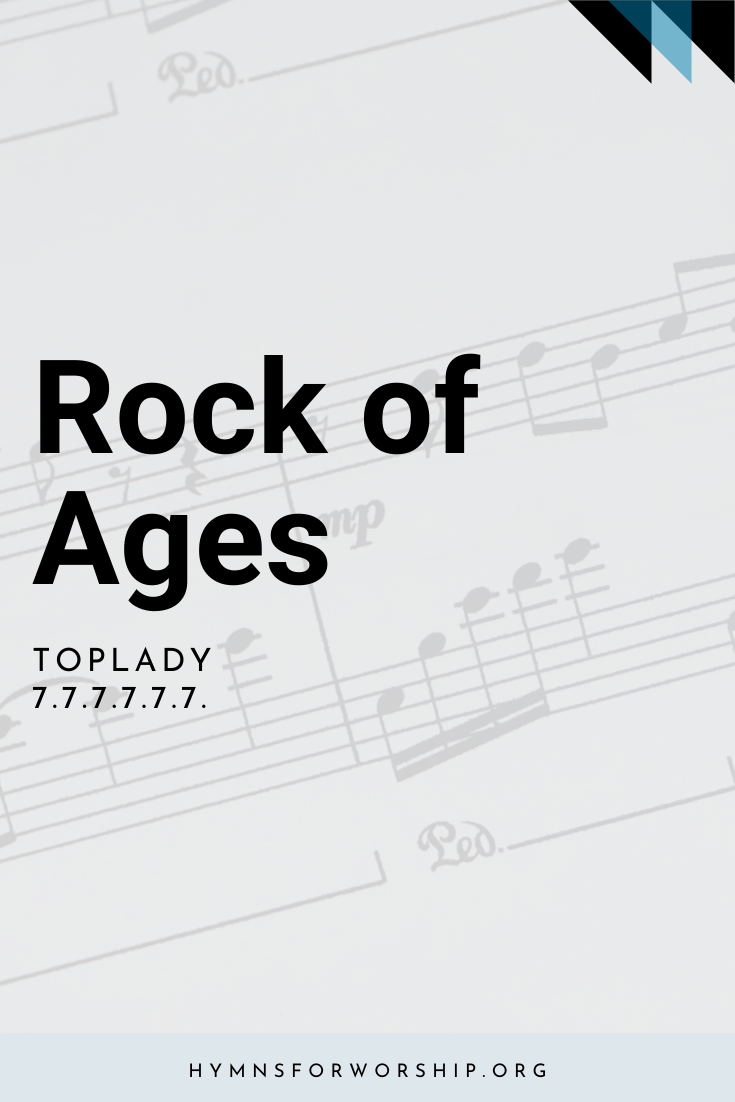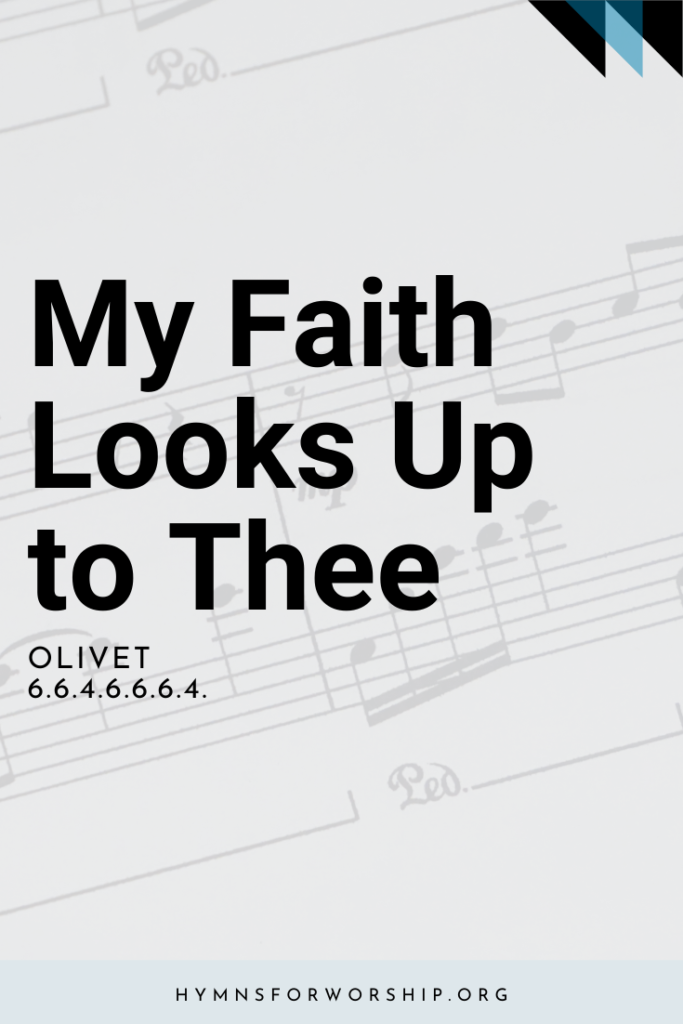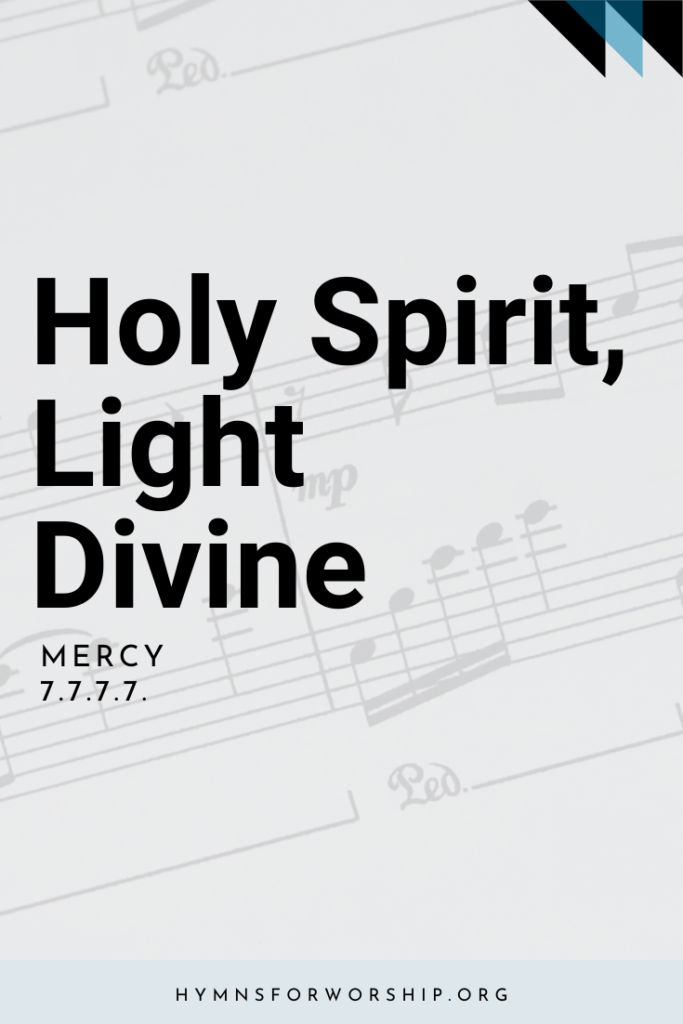This hymn first appeared as such in 1776 in the Gospel Magazine at the end of an article by the editor, Augustus Montague Toplady. The article had a long and unusual title, “A Remarkable Calculation Introduced Here for the Sake of the Spiritual Improvements Subjoined. Questions and Answers Relating to the National Dept.” It was probably stimulated by Toplady’s argument with the Wesleys concerning perfection, and his effort as a Calvinist to refute their Arminian teaching on this doctrine. His point was to show that the number of sins committed by even a professing Christian constituted a debt so enormous that he would never be able to pay it. Toplady calculated that the average number of sins was thousands of millions, and so he entitled his hymn, “A Living and Dying Prayer for the Holiest Believer in the World.” Even a good-living Christian had one hope only, namely that “the Lord hath laid on him the iniquity of us all” (Isa.53: 6).
Actually, the first two lines of the hymn plus the last two lines from the omitted stanza appeared as a four-line verse in an earlier issue of the Gospel Magazine. The omitted stanza is:
3. Nothing in my hand I bring
Simply to Thy cross I cling;
Naked, come to Thee for dress,
Helpless, look to Thee for grace;
Foul, I to the Fountain fly,
Wash me, Savior, or I die.
Toplady’s last stanza has been modified from its original:
4.Whilst I draw this fleeting breath-
When my eye-strings break in death-
When I soar through tracts unknown-
Toplady was born in Farnham, Surrey, England, on November 4, 1740, but before he was 1year old his father was killed at the siege of Cartagena. A few years later his mother moved to Ireland and he was educated at Trinity College, Dublin, gaining his B. A. in 1760 and his M. A. later on. He was converted after listening to a Wesleyan lay preacher and entered the Anglican ministry in 1762. He was ordained that year and appointed as curate to the parish of Blagdon, Somerset, in the Mendip Hills. He ministered there until 1764; in 1768 he was appointed to the village of Broadhemburry, in Devonshire, northeast of Exeter. Ill heath caused him to resign from this post, and in 1775 he took charged of the French Calvinist Church in Leicester Field, London. He was involved in bitter controversy in defending his Calvinist doctrines against the Arminian views of the Wesley brothers, and published a defense of his beliefs in 1774. He also wrote Psalms and Hymns for Public and Private Worship, 1776, as well as poems on sacred subjects. He finally succumbed to tuberculosis and died in Kensington, London, on August 11, 1778. A few miles away from Blagdon in the limestone cave country around Burrington Combe is a memorial to this hymn “Rock of Ages.” The story of his sheltering in a crevice between the limestone slabs is unfounded; the story did not become current until the 1850s, and Toplady ministered at Blagdon 12 or more years before he wrote the hymn.
TOPLADY, named to commemorate the author of the words, was composed in 1830 by Thomas Hastings. The last two lines are a repetition of the first two; generally speaking, only three chords are used in the music.
Hastings was born in Washington, Connecticut, on October 15, 1784. When he was 2 years old, his family moved to Clinton, New York. His musical talent soon became evident, for when he was 18 years old he was leading the village choir. He taught music in 1806, and from 1816 onward devoted hid whole time to music. With Solomon Warriner, he published Musica Sacra and the Utica Collection of original tunes. In 1823 he settled in Utica, New York, and started a religious journal, the weekly Western Recorder, which he used to propagate his special views on church music, in order to attempt to rescue it from the low level to which it had sunk. His Union Minstrel appeared in 1830, and in the next year he and Lowell Mason published Spiritual Songs for Social Worship, mainly to counteract and offset the influence of Joshua Leavitt’s gospel hymns. His effort to improve the quality of church music led to his being called to New York to put his ideas into practice, and he served as choirmaster for 12 churches in that city. He was also the choir director in his own Presbyterian church. He associated with W. B. Bradbury in publishing many books on music and hymns through the next 20 years. Hastings, Bradbury, and Mason edited a psalmody collection. Hastings was honored by the University of New York in 1858, with the D. Mus. degree. During his long life he composed about 1,000 original tunes and wrote 600 texts, many of the latter for tunes already in use, fitted to words whose meters did not really correspond. He died on May 15, 1872, in New York City. To SDAH he has contributed tune Nos. 527, RETREAT, and 601, ZION, as well as the words of the third stanza of this hymn, “Rock of Ages.”









